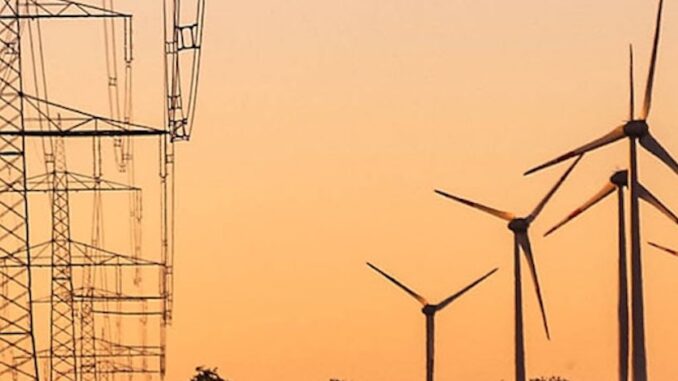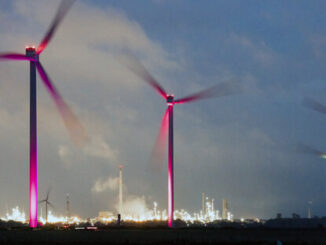
In addition to the consistent expansion of renewable energies and electricity networks, the decarbonization and security of supply of our electricity system requires modern, highly flexible and climate-friendly power plants. Therefore, Federal Chancellor Olaf Scholz, Economics Minister Robert Habeck and Finance Minister Christian Lindner have agreed on the essential elements of a power plant strategy as well as specifications for further projects.
It was agreed that work on the future electricity market design will be advanced immediately and, in particular, concepts for a market-based, technology-neutral capacity mechanism will be developed, which should be operational by 2028 at the latest. A political agreement on this should be reached within the federal government by summer 2024 at the latest. In addition, the BMWK will also present an options paper for a political agreement involving the parliamentary groups on the future electricity market design in the summer of 2024, taking into account the climate-neutral electricity system platform. Security of supply is examined through electricity security analyses, which also include scenarios with conservative and crisis-related assumptions.
The power plant strategy creates the framework for investments in modern, highly flexible and climate-friendly power plants that are able to use hydrogen in the future. It also ensures that the supply of electricity is guaranteed in a climate-friendly manner even in times with little sun and wind. This will make an important contribution to system stability.
In order to quickly implement a no-regret number of power plants, the power plant strategy immediately incentivizes the early construction of power plants. The tenders as part of the power plant strategy are designed in such a way that the new power plants are fully integrated into the future capacity mechanism.
Specifically, the Federal Chancellor, the Federal Minister for Economic Affairs and Climate Protection and the Federal Minister of Finance have agreed that new power plant capacities of up to 4 times 2.5 GW will be put out to tender at short notice as H2 – ready gas power plants as part of the power plant strategy, to be determined from 2032 The transition date should be to switch completely to hydrogen between 2035 and 2040. These power plants should be located at locations that serve the system. The funding is financed from the Climate and Transformation Fund.
To support the development of new technologies ( e.g. nuclear fusion) and testing the operation of power plants, these are supported with suitable instruments. Power plants that run exclusively on hydrogen are supported up to 500 MW as part of energy research. CO₂ capture and storage for power generation plants using gaseous energy sources is taken up as part of the carbon management strategy.
It was also decided that existing obstacles to the construction and operation of electrolysers should be dismantled without restrictions and that all possibilities should be used, in particular to accelerate the construction of electrolyzers that are to be operated in a way that benefits the system. In addition, there must be no double burden of taxes and fees on electricity for storage and electrolysis, so that there are market and system-serving incentives to produce hydrogen. The use of excess electricity is permitted without restrictions; All existing regulatory hurdles will be reduced as much as possible.
The planning and approval procedures for the power plants included in the power plant strategy will be substantially accelerated.
The agreement reached on the power plant strategy will be discussed with the EU Commission in Brussels and then consulted with the public. With the EU Commission we can build on the constructive discussions from last summer.
ENB Top News
ENB
Energy Dashboard
ENB Podcast
ENB Substack



